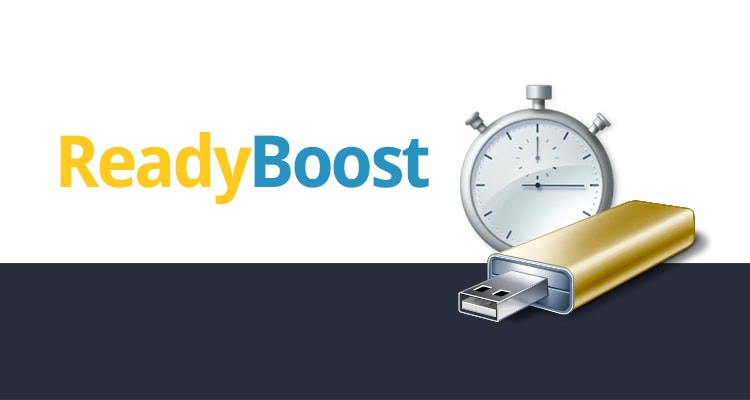
What is ReadyBoost?
ReadyBoost is a function that allows the system to temporarily store essential data on an external media. SuperFetch, a disk cache management mechanism in Windows that speeds up your system, is the primary driving force behind it. It is yet another bonus that arrived with Windows Vista. On Windows XP, however, there was a forerunner known as PreFetcher.
SuperFetch analyzes your habits and instantly loads the necessary material into the main memory (RAM). For example, if Chrome is the first application you use when you boot up your computer, SuperFetch will load Chrome files into RAM to shorten the launch time.
SuperFetch primarily generates a temporary cache on the main memory. As a result, if your machine is low on RAM, running ReadyBoost can be advantageous. Furthermore, the mechanical arm of the drive contributes to poor performance.
Supertech works with ReadyBoost to accelerate Windows and determines what should go into the ReadyBoost cache on your USB drive and, eventually, into the RAM. It saves data to the cache file in the root folder of the USB drive.
There is a catch, however: the cache so constructed is only used for non-sequential activities. SuperFetch instead leverages the files on the hard disk for sequential processing. As a result, ReadyBoost is only activated when a performance improvement is possible. This also means that you can remove the USB stick whenever you want because the original files are still stored on the hard disk.
Speed Up Using ReadyBoost
As previously said, you can improve the performance of your Windows 10 operating system by using a USB drive, SD card, or CF card.
When it comes to SD cards, keep in mind that you must use the internal SD card reader that is built into your machine. The external card reader may be less effective than the inside card reader. It’s also a good idea to format your USB device or SD card before installing ReadyBoost. It is, however, entirely optional.
Now, follow these steps to install ReadyBoost on your USB stick and speed up Windows 10 (the settings may differ somewhat for older versions):
- Connect your USB drive to your Windows 10 computer.
- Navigate to My Computer or This Computer.
- Right-click your USB drive to bring up the context menu, and then select Properties.
- You can allot space for the ReadyBoost feature or use the entire USB device under the ReadyBoost menu.
- Speed up Windows 10
- If you won’t be using the USB drive for anything else, select Dedicate this device to ReadyBoost. Otherwise, click the Use this device radio button and drag the slider to make room for the feature.
- To finish, click OK. It will take some time for Windows to configure the USB disk.
Terminating ReadyBoost
Go to the properties of your ReadyBoost drive and choose the Do not utilize this device radio button. To save the changes, click OK. Following that, you must manually delete the ReadyBoost file that is saved on the USB disk.
When Should You Use ReadyBoost?
ReadyBoost may still be handy if your present computer has a little amount of RAM (512 MB, or even 1 GB) and you don’t want to install more RAM for any reason – perhaps you just have a spare USB stick laying around.
If you use ReadyBoost, keep in mind that the speed of your USB drive will also affect how much better your performance will be. Even with a little amount of RAM, you may not notice a considerable gain in performance if you have an old, slow USB stick. Windows does not permit the use of ReadyBoost on especially slow USB flash drives, but some devices are quicker than others.
References:
https://fossbytes.com/how-to-speed-up-windows-using-readyboost-usb-drive/
https://www.howtogeek.com/123780/htg-explains-is-readyboost-worth-using/
https://www.deskdecode.com/wp-content/uploads/2016/09/readyboost.jpg
